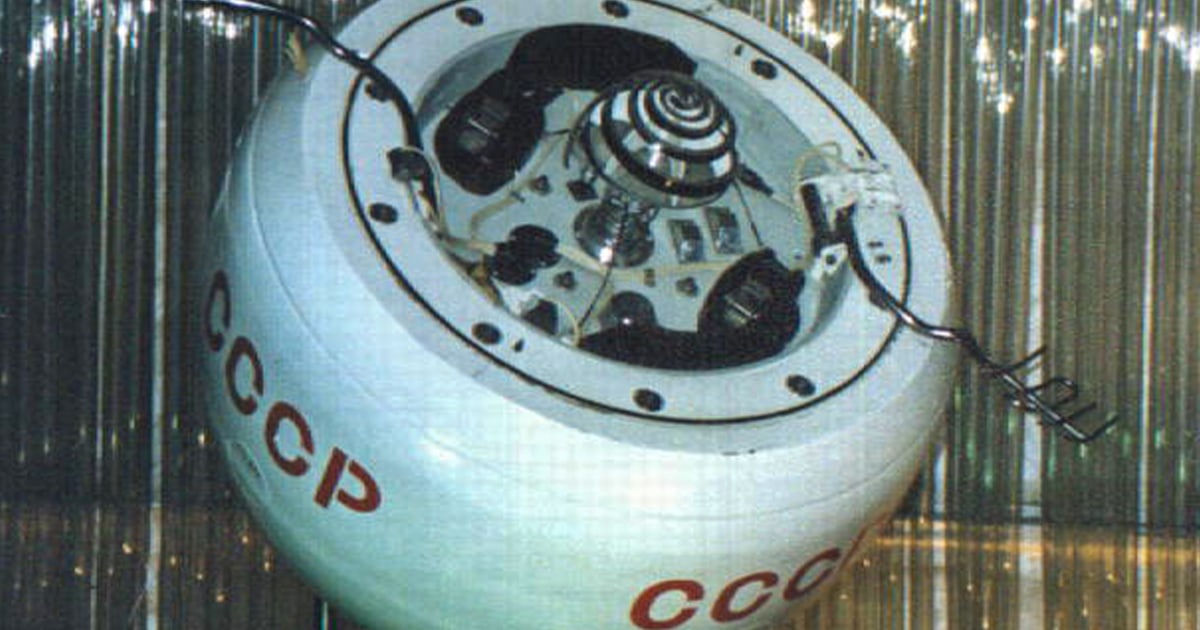Soviet Spacecraft Kosmos 482 Plummets to Earth After 50 Years
Kosmos 482, a Soviet spacecraft lost during a failed Venus mission, has re-entered Earth's atmosphere, confirmed to fall over the Indian Ocean.
Subscribe to unlock this story
We really don't like cutting you off, but you've reached your monthly limit. At just $5/month, subscriptions are how we keep this project going. Start your free 7-day trial today!
Get StartedHave an account? Sign in
Overview
Kosmos 482, a half-ton Soviet spacecraft launched in 1972 toward Venus, re-entered Earth's atmosphere on Saturday. The spacecraft, monitored by the European Space Agency and U.S. Space Command, was last tracked over Germany before entering an uncontrolled descent. Initial reports suggest it came down over the Indian Ocean, although the exact location remains uncertain. Experts anticipated some debris could survive, given its titanium structure. Fortunately, the likelihood of injury from falling debris is extremely low. Kosmos 482's re-entry highlights ongoing concerns about space debris management from Cold War-era missions.
Report issue

Read both sides in 5 minutes each day
Analysis
- A Soviet-era spacecraft that failed to launch to Venus more than 50 years ago plunged to Earth on Saturday. The European Union Space Surveillance confirmed the uncontrolled reentry of Kosmos 482, highlighting concerns regarding effective tracking and management of space debris.
- Experts have noted that while the spacecraft's debris posed little risk to public safety, the incident underscored the importance of developing robust space traffic management protocols as uncontrolled reentries become more frequent with increasing space activities.
- The U.S. Space Command's inability to precisely predict the reentry location of Kosmos 482 emphasizes the current challenges in monitoring larger pieces of space debris, serving as a call for enhanced international cooperation in debris management.
Articles (13)
Center (6)
FAQ
Kosmos 482 was launched as part of the Soviet Union's Venera program, intended to land on Venus.
History
- 6M

 4 articles
4 articles
- 6M

 3 articles
3 articles






